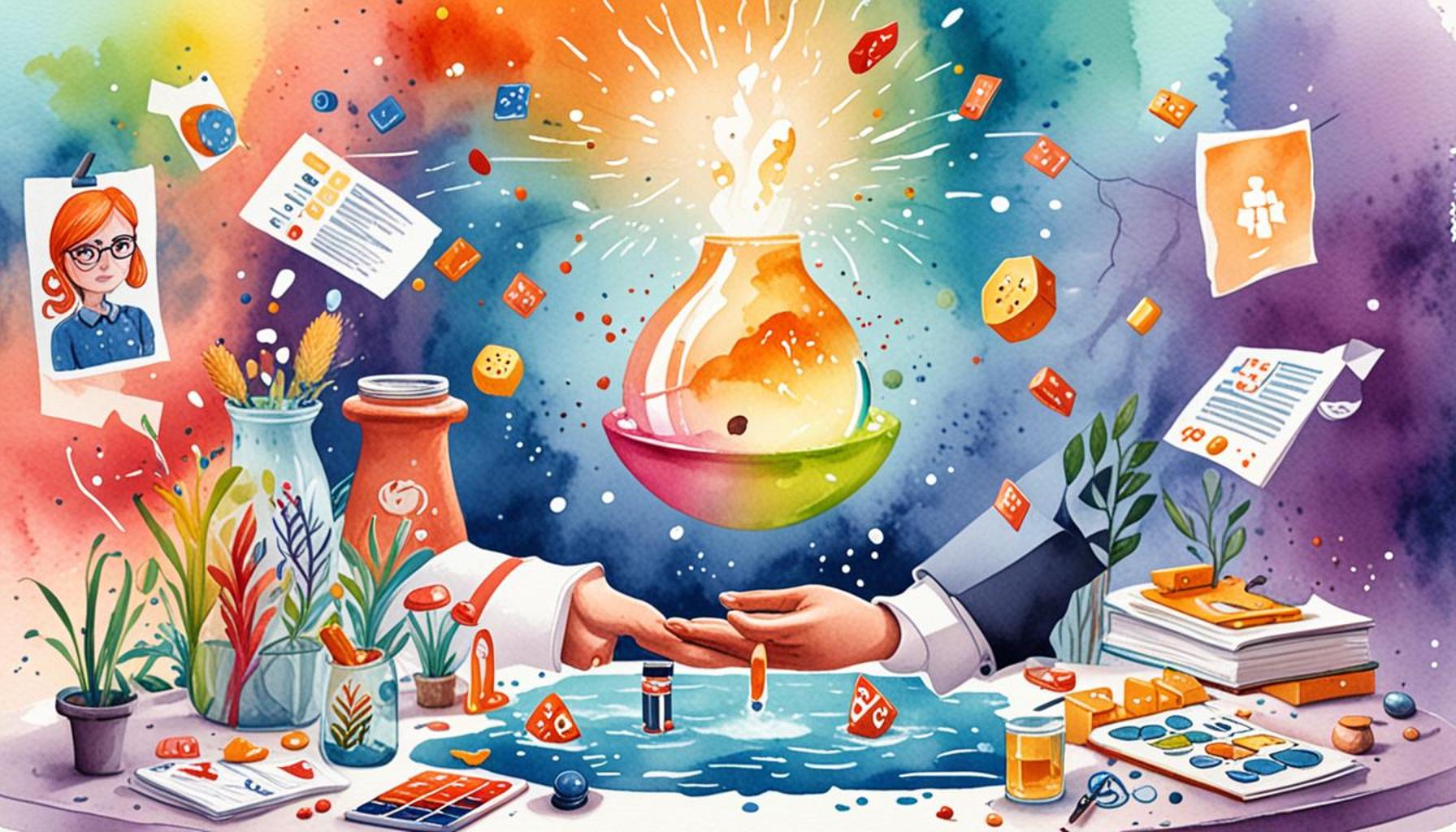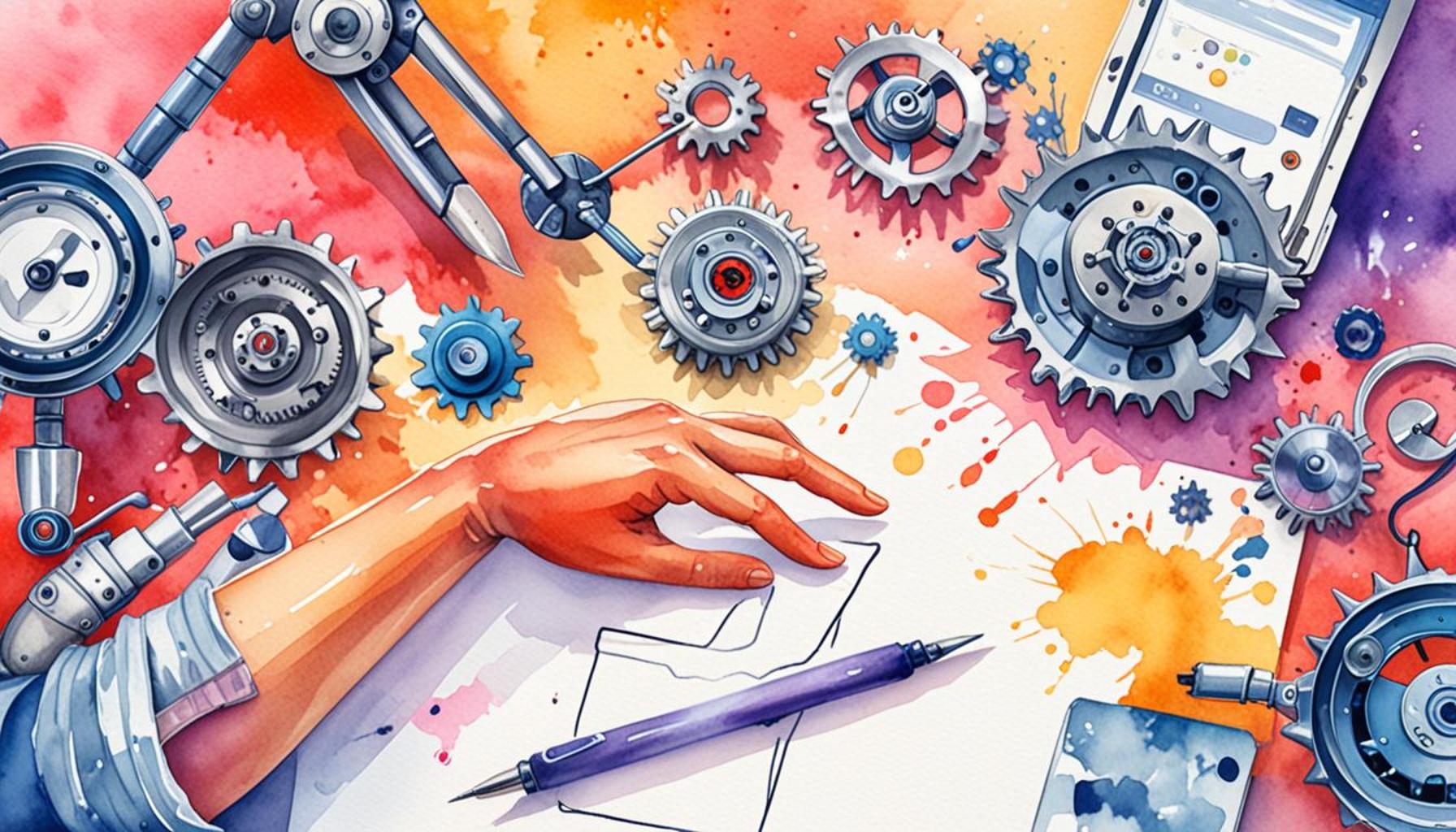How Gamification Can Improve Engagement in Digital Outreach Campaigns for Government Benefits

The Evolving Landscape of Government Communication
In an era where digital communication reigns supreme, government outreach efforts must evolve to effectively engage citizens. Traditional methods often lack the necessary interaction, leading to low participation in critical programs and benefits. At this juncture, gamification emerges as a powerful tool to transform these outreach campaigns. By integrating elements commonly found in games, government initiatives can create a more engaging and participatory environment for citizens.
Gamification employs game-like features such as points, badges, leaderboards, and challenges, transforming mundane tasks into exciting experiences. This strategy not only captures attention but also fosters a sense of achievement and motivation among users. Here are key ways gamification can enhance engagement in government digital outreach:
- Increased Interactivity: Government platforms can engage users through interactive quizzes or challenges related to benefits and services. For instance, a state unemployment office might create a game where users navigate different scenarios to learn about filing claims or accessing resources. This interactive experience not only educates but makes learning more enjoyable.
- Personalized Experiences: By tailoring content and rewards based on user behavior and preferences, agencies can create a more meaningful interaction. An example can be seen in cities that implement health and wellness programs, whereby participants earn rewards for completing preventive health screenings, encouraging participation in essential health initiatives.
- Community Building: Gamification can facilitate social connections and collaborative tasks to promote sharing and support. Local governments can harness technology to create community challenges—like neighborhood clean-ups or volunteering events—where participants earn points for teamwork. This not only builds community spirit but also strengthens civic engagement.
As government agencies strive to bridge the gap between services and citizens, implementing gamified approaches presents a compelling solution. Research indicates that playful engagement strategies can lead to increased retention rates, with statistics showing that users are drastically more likely to revisit a platform that incorporates game-like elements.
Furthermore, studies have illustrated that when citizens feel more engaged with their local government through interactive platforms, they report higher satisfaction levels and are more likely to participate in civic activities. For example, a successful initiative in Chicago involved gamifying feedback on community projects, resulting in a significant uptick in public input.
In the following sections, we will delve deeper into the mechanisms of gamification and explore successful case studies from across the United States. Get ready to discover how this innovative strategy can revolutionize digital outreach for government benefits and foster a more participatory democratic engagement. As we unearth these engaging strategies, citizens may find new ways to connect with their government and thus play an active role in shaping their communities.
SEE ALSO: Click here to read another article
Unlocking the Potential of Gamification in Government Outreach
The infusion of gamification into government outreach campaigns marks a pivotal shift in how agencies approach communication. By leveraging game mechanics, government bodies can not only disseminate information but also create a dynamic engagement ecosystem that resonates with citizens. As public expectations evolve, it becomes essential for agencies to recognize the power of these innovative methodologies.
One of the most significant advantages of gamification lies in its ability to boost participation. Classic outreach approaches often fail to inspire action; however, when citizens encounter interactive elements, their motivation to engage increases dramatically. For example, a city government in California introduced a gamified mobile application for tax-based community projects, enabling residents to participate in voting and allocation processes. The result? A drastic spike in engagement—over 40% more citizens participated compared to previous years.
Implementing game-like challenges can provide tangible benefits to both the government and the citizenry. Challenges designed around civic engagement—like submitting ideas for local improvements—encourage a sense of ownership among residents. As an added incentive, participants can earn virtual currency or badges that can be exchanged for real-world rewards, such as discounts at local businesses or recognition on community leaderboards.
But how does gamification work from a psychological perspective? At its core, it taps into fundamental human desires such as competition, achievement, and social connection. People inherently enjoy challenges and the prospect of reward, which is why game mechanics can be a driving force for sustained engagement in governmental programs. According to the *Journal of Public Administration Research and Theory*, integrating gamification increases user engagement metrics by as much as 60%, a statistic that cannot be overlooked by agencies eager to engage their constituents effectively.
- Game Elements: Incorporating various game mechanics such as points, badges, and levels creates a structured environment where citizens feel challenged and rewarded.
- Feedback Loops: Instantaneous feedback allows users to track progress, leading to increased satisfaction with the experience.
- Community Competition: Leaderboards that showcase top participants encourage not only individual involvement but also prompt others to join the fray.
Moreover, gamification enhances communication efficiency. When complex government processes are broken down into bite-sized, gamified experiences, it becomes easier for individuals to understand and navigate these systems. A prime example can be seen in healthcare enrollment, where agencies have established engaging quizzes that help users identify the best insurance plan for their needs, making the often daunting task of enrollment accessible and manageable.
As we delve deeper into the dynamics of gamification, it is essential to highlight real-life success stories that underscore its effectiveness in bolstering engagement. From local councils to federal government initiatives, examples abound of how playful strategies have revitalized interest in crucial services. The journey to understanding these case studies will reveal not just the “how,” but also the “why” behind incorporating gamification into digital outreach strategies.
| Advantage | Impact on Engagement |
|---|---|
| Increased Motivation | Gamification can enhance user motivation through rewards and recognition, leading to higher participation in outreach programs. |
| Enhanced Learning Experience | By integrating interactive elements, users are more likely to understand and retain information about government benefits. |
| Social Interaction | Gamification fosters community engagement where peers can share experiences, making outreach feel collaborative. |
| Data-Driven Insights | Gamified campaigns allow organizations to track engagement metrics, providing insights for future improvements. |
Gamification taps into basic human instincts, making interaction with government programs more appealing. By transforming potentially tedious tasks into engaging experiences, citizens become more invested in understanding and applying for the benefits available to them. The incorporation of leaderboards, badges, and rewards not only boosts involvement but also highlights the importance of these services within the community. As participation increases, so too does the likelihood of individuals taking advantage of the benefits designed to support them, ultimately leading to a more informed and engaged citizenry.Furthermore, utilizing social elements in gamified platforms amplifies outreach, as users can discuss their progress and share their achievements, creating a ripple effect in the community. This interaction can significantly increase awareness about critical government services, encouraging wider reach among those who may not typically access such resources.
SEE ALSO: Click here to read another article
Harnessing Case Studies to Illuminate the Impact of Gamification
As governmental bodies strive to enhance engagement, examining successful case studies can provide invaluable insights. One notable instance hails from the state of Maryland, which implemented a gamified approach to encourage residents to participate in census activities. By introducing a mobile application featuring fun quizzes and a points system, the state was able to achieve a remarkable increase in participation—an impressive 90% engagement rate from younger demographics, who traditionally exhibit lower response rates. This effort underscores how adapting engagement strategies through gamification can break down barriers and reach an audience that feels disconnected from conventional outreach.
Another striking illustration comes from the city of San Francisco, where local officials launched a “Sustainable City” initiative aimed at promoting environmental consciousness among residents. By creating online challenges that rewarded users for adopting sustainable practices—like reducing plastic use or participating in community gardening—the city effectively fostered a sense of community investment. Participants not only earned rewards through gamification but also contributed to measurable improvements in local sustainability, seeing a marked increase in composting rates and community clean-up events.
Data-Driven Insights: Measuring Engagement Success
Data analytics play a crucial role in assessing the effectiveness of gamification in outreach campaigns. By utilizing user engagement metrics, government agencies can refine their strategies to enhance participant satisfaction and involvement. For example, a report from the Pew Research Center indicated that gamified platforms increased return visits by 50% and elevated user satisfaction ratings. This data corroborates the notion that citizens are more inclined to connect with government policies when these are presented through interactive and playful designs.
Moreover, understanding the demographics engaged through gamified efforts is essential. Tracking participation patterns, government agencies can identify segments of the population that respond more favorably to game mechanics. In a study conducted by the National Institute of Health, it was found that individuals aged 18 to 34 showed 70% higher involvement rates when participating in gamified environments compared to traditional outreach. This revelation is particularly relevant for initiatives aimed at younger constituents, reinforcing the need for tailored strategies that utilize modern engagement techniques.
The Future of Government Engagement through Gamification
As we look toward the future, the integration of augmented reality (AR) and virtual reality (VR) into gamified government outreach campaigns is poised to revolutionize engagement further. The potential of immersive experiences can transform how citizens relate to their government, making processes not only informative but also entertaining. For instance, envision a virtual town hall meeting where citizens actively participate in discussions through avatars, fostering a sense of presence and community that is often absent from traditional formats.
The technology landscape continues to evolve, and with it, the possibilities for gamification in government outreach become even richer. As agencies explore new digital frontiers, the incorporation of game-based learning modules and interactive simulations can elucidate complex bureaucratic processes, turning citizens into informed advocates for their communities. As we advance, it becomes apparent that the trajectory of engagement in government services heavily relies on the innovative application of gamification, making it not just a trend but a fundamental strategy for 21st-century outreach.
LEARN MORE: This related article may interest you
Conclusion: The Transformative Potential of Gamification in Government Engagement
In an era where citizen engagement with government initiatives is paramount, gamification emerges as a revolutionary tool that has the power to reshape outreach strategies. Through compelling case studies, such as those from Maryland and San Francisco, we witness firsthand how incorporating game mechanics can significantly elevate participation rates, particularly among younger demographics who are often disengaged from traditional government communications.
The data-driven insights further solidify this trend, demonstrating that gamified platforms not only foster higher user satisfaction but also lead to lasting engagement through repeat interactions. By understanding the specific needs and preferences of different population segments, agencies can craft interactive campaigns that resonate deeply with their target audiences. As the technological landscape evolves, the limitless possibilities of augmented reality (AR) and virtual reality (VR) open new doors for creating unforgettable civic experiences.
Ultimately, the promise of gamification lies not just in its ability to entertain but in its potential to enlighten and empower citizens, effectively turning them into active participants in the democratic process. As future initiatives are developed, it is crucial for government agencies to embrace gamification not only as a passing fad but as an essential strategy for enhancing engagement and building a more connected, informed, and cooperative citizenry. This is a call to action for officials and stakeholders alike—let us gamify our outreach and transform the way we connect with the communities we serve.



